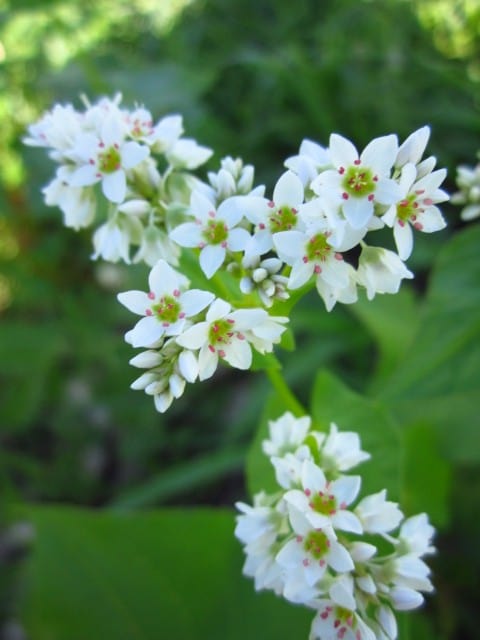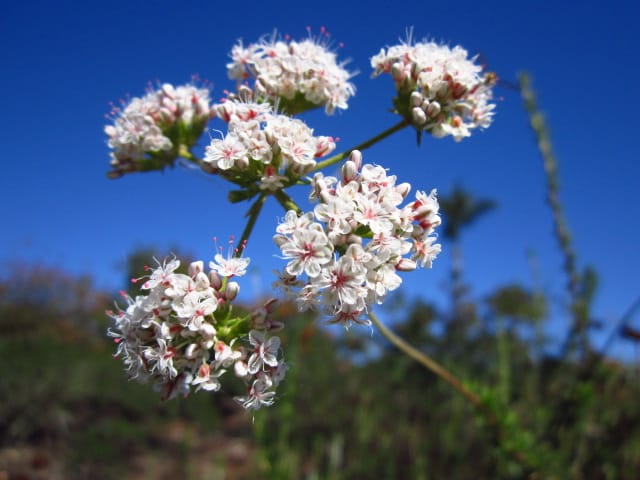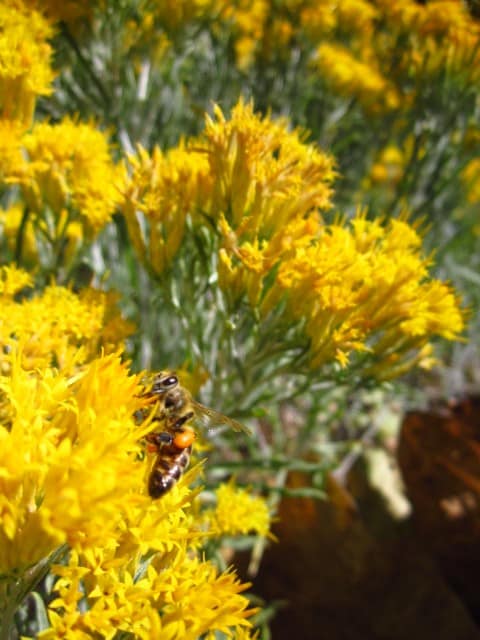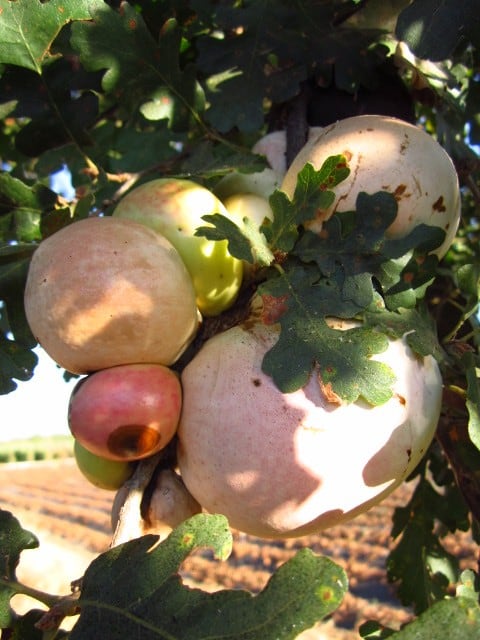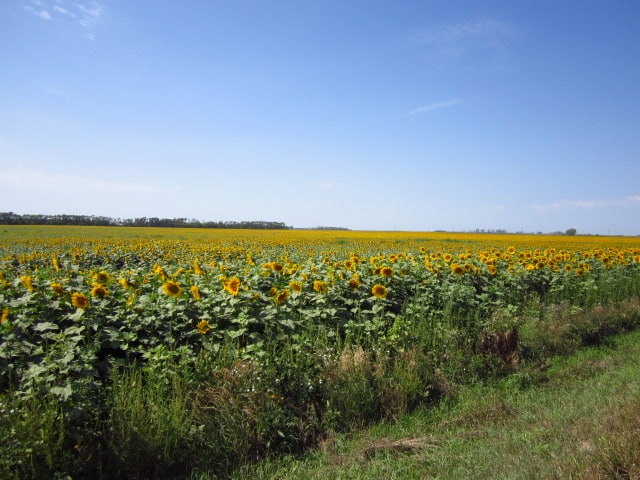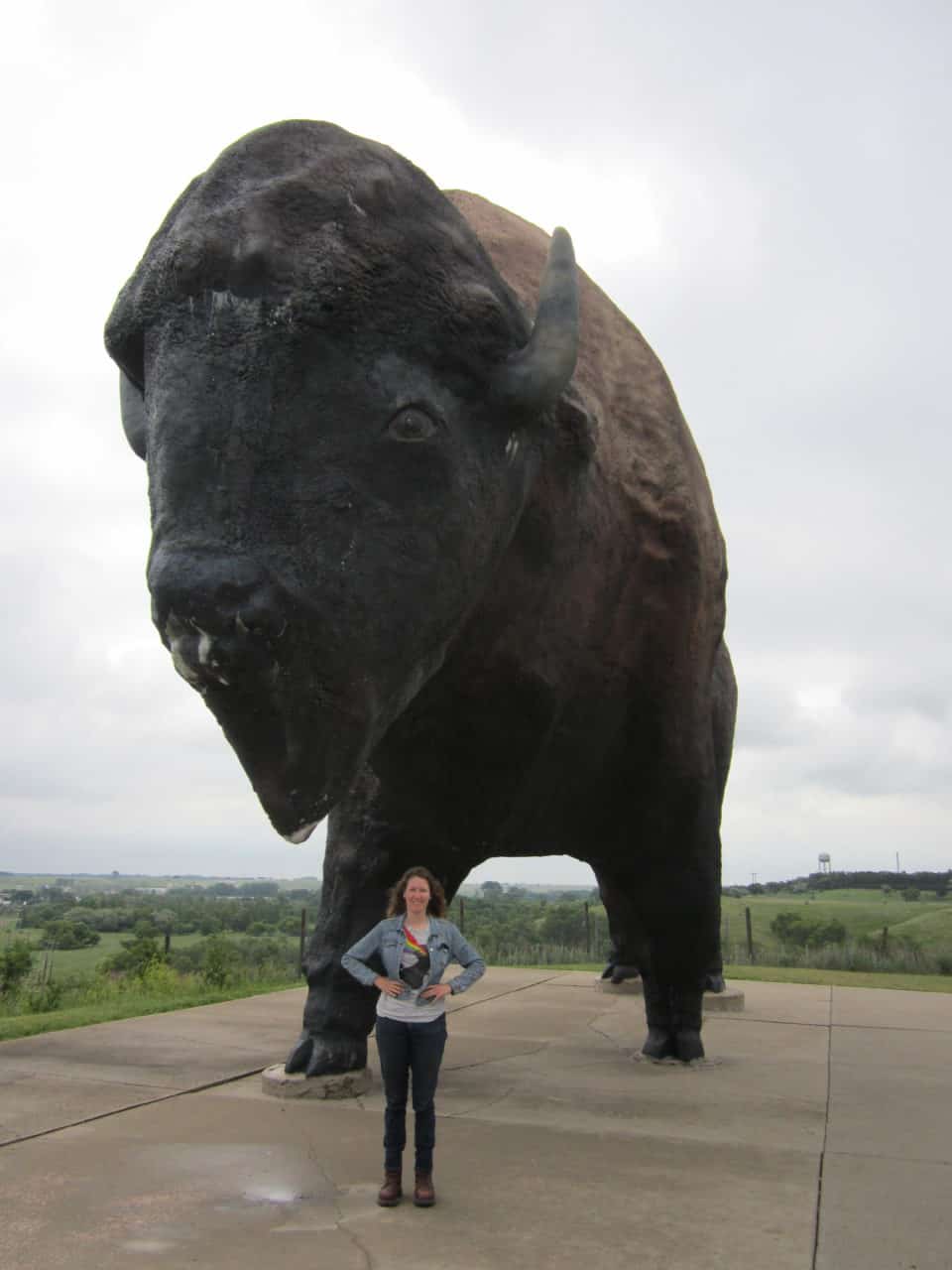Brought to America in the 1600s by Dutch settlers, buckwheat is on the mind of the average American only when its name is followed by the word pancakes. The plant, Fagopyrum esculentum, was domesticated in Asia some 5,000 to 6,000 years ago and spread in cultivation across Europe. In the U.S. buckwheat was historically grown in highest acreage in Pennsylvania and New York. The greatest acreage has now shifted to the north-central states, hence the relevance for buckwheat field research trials on the University of Minnesota, St. Paul Campus. Fagopyrum esculentum follows the forb/herb growth pattern, meaning it is a vascular plant with little woody tissue aboveground. It…
Author: Elizabeth Frost
Largest Mass Bumble Bee Death on Record
On the eve of National Pollinator Week the largest mass bumble bee death on record occurred in a Wilsonville, Oregon parking lot. The estimated 50,000 bumble bees found dead in the Target lot had foraged on some fifty-five ornamental linden trees, confirmed by the Oregon Department of Agriculture to have been sprayed with the insecticide dinotefuran, trade name Safari. According to an article from Oregon Public Broadcasting, “The chemical application was intended to kill aphids because they produce a honeydew substance that drops from the trees onto parked cars.” This incident is an example of insecticide misapplication with devastating consequences. A broad-spectrum insecticide, dinotefuran is…
Flora at Joshua Tree National Park
Some of my favorite memories of the great outdoors in 2012 include sunny days spent in Joshua Tree National Park last November. Having never been, I was amazed at the diversity of plants to be seen. Situated in both the Mojave and Colorado Deserts, the park has a multitude of cacti and shrubs as well as some junipers and oaks at higher elevations. The desert shrubs have really grown on me as, in addition to their varied appearances and the stunning habitats in which they are found, they also have excellent names. For example, Ocotillo, the common name for Fouquieria splendens, just rolls off the tongue.…
National Survey for Honey Bee Pests and Diseases in California
This Fall I had the opportunity to conduct the National Survey for Honey Bee Pests and Diseases with Katie Lee in Southern California. The main goal of this survey is to confirm the absence, or presence, of pests and diseases that are exotic, or not introduced at present, to honey bees in the United States. Exotic threats that are of the greatest concern to beekeeping in the U.S. are Apis cerana, Slow Paralysis Virus and the parasitic mites of the Genus Tropilaelaps which includes four known species, Tropilaelaps clareae, T. koenigerum, T. thaii and T. mercedesae. For more information on Tropilaelaps spp. and their life-cycle refer to Jennie Stitzinger's…
Halloween and the Honey Bee
Halloween is coming up ladies and that means you need to pick a costume and fast. For you bee enthusiasts out there it may be difficult to waver from variations on the cute honey bee costume popularized by the “Bee Girl” in Blind Melon’s 1993 video for “No Rain.” This year however I challenge you to forgo the stereotypically fanciful costume and go for realism. For example, one could simply wear their bee suit. If you live in a Northern climate it’s the practical way to go as it will keep you warm all night. Another benefit is that with a myriad of pockets you can…
Spotlight on Rabbitbrush
Sources of fall forage are ever important as we head into winter in California. With a bloom period ranging from August through October, rabbitbrush is one such source that provides both nectar and pollen. There are many species of rabbitbrush which range from British Columbia in the North to New Mexico in the South, California in the West to Nebraska in the East. Of these species of Chrysothamnus I will focus on one, Chrysothamnus viscidiflorus. Commonly known as yellow or sometimes green rabbitbrush, this plant is a member of the family Asteraceae. In California, C. viscidiflorus ranges from the Cascade and Klamath Ranges in the…
Spotlight on Valley Oak
As we enter the final week of summer it seems fitting to talk about Quercus lobata Née, the Valley Oak. This tree is a late summer source of bee forage in Northern California where forage is scarce going into the fall. Valley oaks are endemic to California and are found in the interior valleys and foothills. At this time of year one can hear honey bees buzzing high up in the canopy. They’re not visiting flowers, but “oak apples,” a type of gall induced by the oak gall wasp Andricus quercuscalifornicus. What the bees are after is the honeydew the gall secretes. The tiny wasp…
Spotlight on Gum Plant
North Dakota landscapes, both farmed and fallow, are golden-hued with the onset of sunflower, goldenrod and gum plant bloom. These three plants belong to the family Asteraceae, commonly called the Aster or Sunflower Family. While sunflower and goldenrod are well-known late summer sources of forage, gum plant also provides a source of nectar and pollen for bees. Native to North America, Grindelia species occur throughout the lower forty-eight with the exception of the southeastern states. Grindelia squarrosa, or curlycup gum plant, occurs in Great Plains rangeland and is the most wide-ranging species in the genus Grindelia. G.squarrosa is a biennial or short-term perennial with peak…
It’s Raining Frass!
In early June I experienced an outbreak of forest tent caterpillars (FTC), Malacosoma disstria, while sampling at an apiary in west-central Minnesota. Not only were the hive lids covered with frass, the technical term for insect feces, but the caterpillars themselves were falling on both the lids and my shoulders as I worked. According to the Minnesota Department of Natural Resources, FTC has been in the outbreak stage in west-central counties of Minnesota for several years, potentially numbering from one to four million caterpillars per acre. In between outbreaks FTC can be nearly undetectable. The larval caterpillars emerge from over-wintered egg masses around mid-May and…
The Midwest at its Best
Not many Californians would jump at the opportunity to spend their summer in Minnesota and North Dakota, but not many Californians work with bees either. I was glad to be given the opportunity to work with Katie Lee in the Bee Informed Partnership and pack my bags and relocate to St. Paul at the beginning of June. For the past four years I've worked with Sue Cobey at UC Davis, learning how to keep bees and raise queens, working my way up to a full time position taking care of the research hives and lab facilities at the Harry Laidlaw Honey Bee Research Facility. My…
